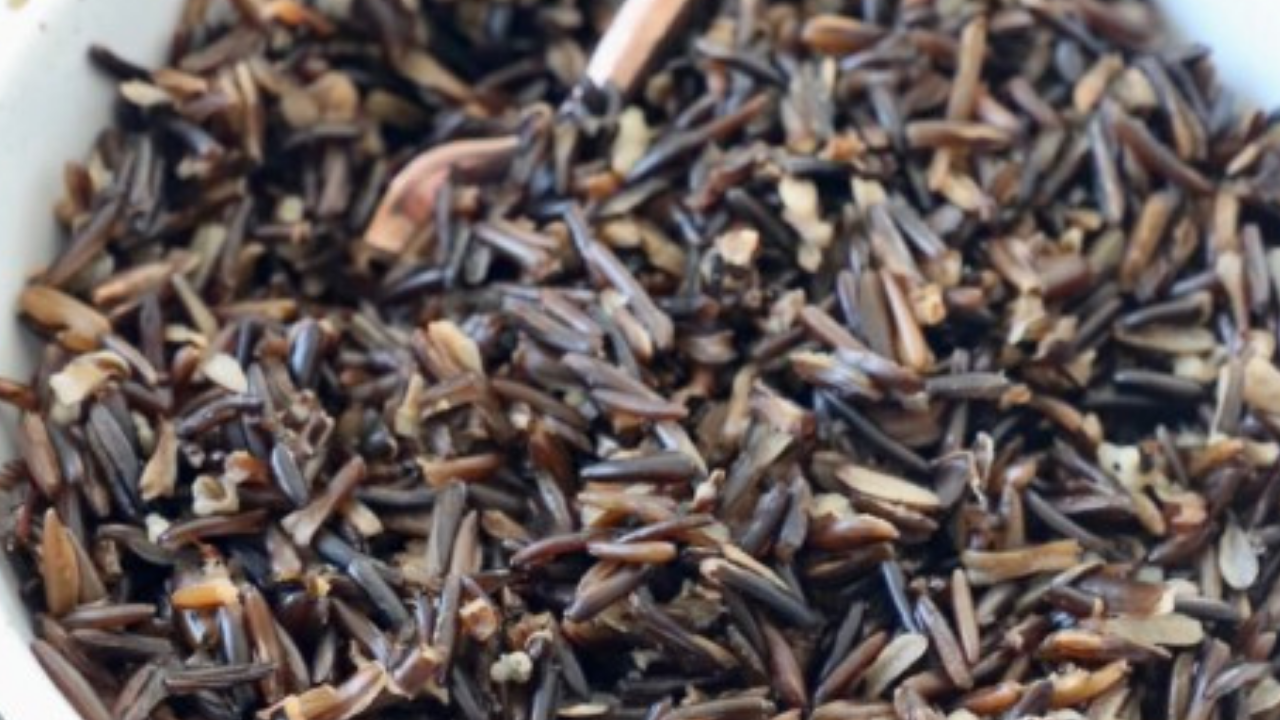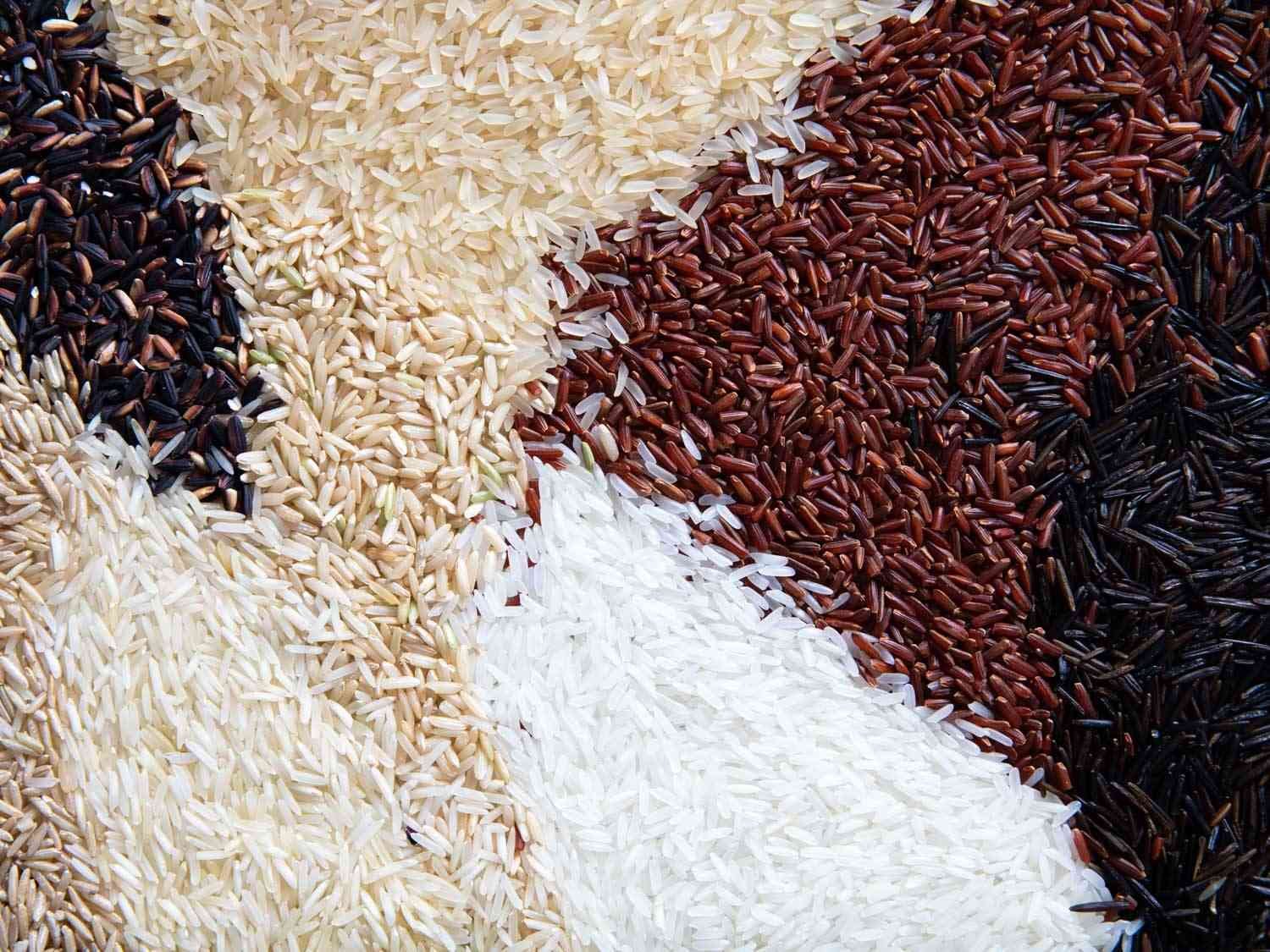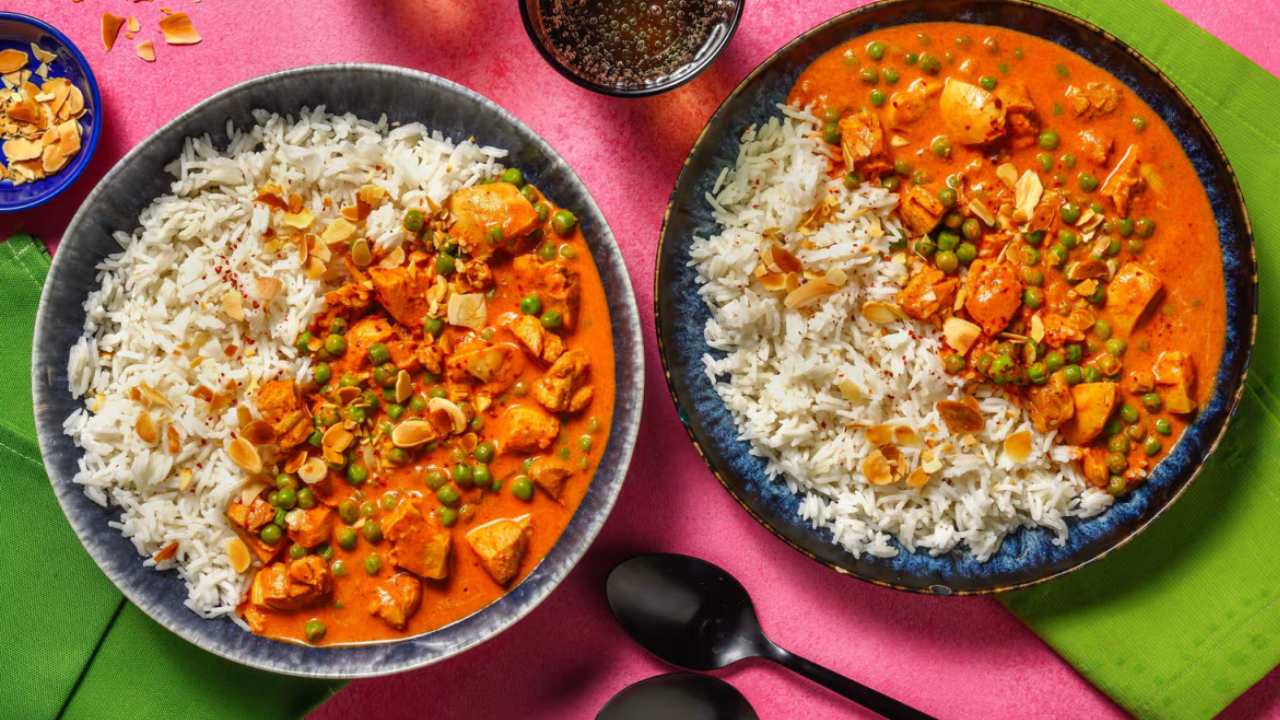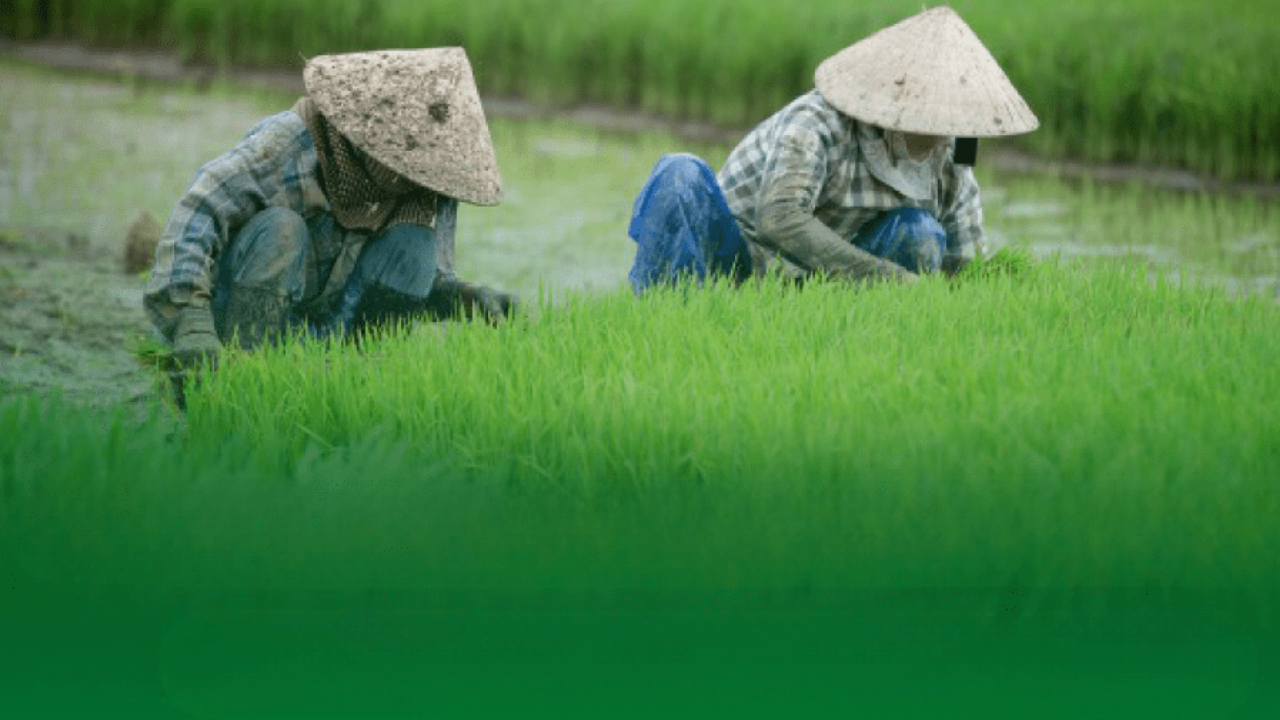Rice, a fundamental food crop, is consumed by billions of people globally. It holds significant cultural and economic importance, especially in Asia, Africa, and Latin America. Historically, rice cultivation dates back thousands of years, originating from regions of China and gradually spreading worldwide. Today, rice is more than just a dietary mainstay; it is deeply integrated into the rites, traditions, and economies of numerous societies. This widespread consumption is fueled by its adaptability to various climatic conditions and cropping systems, making it a resilient crop in the global food system.
The nutritional value of rice is a cornerstone of its global prominence. Primarily composed of carbohydrates, rice serves as a crucial energy source, providing sustenance and caloric intake necessary for daily activities. Beyond carbohydrates, rice also contains essential nutrients such as vitamins (particularly B vitamins like thiamin and niacin), minerals (including magnesium and phosphorus), and a modest amount of protein. The nutritional profile of rice, though varying slightly between varieties, generally supports a balanced diet when paired with other nutrient-rich foods.
Historical Significance and Cultural Impact
Rice cultivation has not only shaped agricultural practices but also deeply influenced cultural identities. In many countries, rice is more than a meal; it symbolizes prosperity, fertility, and community. For instance, in Japan, rice cultivation is celebrated through rituals and festivals, emphasizing its cultural reverence. In India, rice is integral to numerous religious ceremonies, symbolizing auspiciousness and purity. Across Southeast Asia, rice paddies are a prominent feature of the landscape, signifying both economic sustenance and traditional heritage.
Rice in the Global Food System
As a cornerstone of global food security, rice contributes significantly to food supplies, especially in rice-dependent nations. It supports local economies, with millions of smallholder farmers relying on rice farming as their primary livelihood. Beyond its economic contribution, rice forms the basis of daily meals, creating culinary diversity and food innovations across different cultures. The adaptability of rice to various cooking methods – from steaming and boiling to frying – further underscores its versatility and irreplaceability in global cuisine.“`
Long-Grain vs Short-Grain Rice
The distinction between long-grain and short-grain rice lies primarily in their size, texture, and culinary applications. Long-grain rice varieties generally have slender, elongated kernels that can range from three to four times their width. On the other hand, short-grain rice boasts a shorter, plumper shape. These variations significantly impact their cooking properties and the culinary experiences they offer.
Long-grain rice varieties such as Basmati and Jasmine are renowned for their unique characteristics. Basmati rice, originating from the Indian subcontinent, is celebrated for its fragrant aroma and delicate, non-sticky texture. Its grains remain separate and fluffy when cooked, making it an ideal accompaniment for Indian and Middle Eastern dishes. Jasmine rice, native to Thailand, also exudes a subtle floral fragrance. Its slightly sticky texture is perfect for complementing Southeast Asian cuisine, especially Thai curries and stir-fry dishes.
Short-grain rice varieties, like Sushi rice and Arborio, offer a contrasting culinary experience. Sushi rice, commonly referred to as Japonica rice, is essential in Japanese cuisine. Its high starch content results in a sticky texture, enabling it to hold together well when forming sushi rolls or nigiri. Arborio rice, a staple in Italian cuisine, is pivotal in creating creamy risottos. The high starch release during cooking gives risotto its characteristic creamy consistency, making it a beloved dish worldwide.
The choice between long-grain and short-grain rice significantly impacts the outcome of a dish. For a light, fluffy pilaf or biryani, long-grain varieties like Basmati and Jasmine are preferred. Conversely, when preparing sushi or risotto, short-grain options like Sushi rice and Arborio are indispensable. Each type of rice contributes its distinct flavor and texture, enriching the global culinary landscape.
Brown Rice vs White Rice: Nutritional Differences
Brown rice and white rice, while derived from the same grain, offer distinct nutritional profiles and health benefits. The primary difference lies in the milling process. Brown rice is a whole grain, retaining its bran and germ layers, whereas white rice undergoes further refining to remove these parts, leaving just the endosperm.
As a result, brown rice contains higher amounts of fiber, vitamins, and minerals compared to white rice. Specifically, brown rice is rich in B vitamins, magnesium, and iron. The fiber content in brown rice aids digestion, helps in maintaining a steady blood sugar level, and promotes satiety, which can aid in weight management. The presence of essential fatty acids and antioxidant properties further adds to its health benefits.
White rice, on the other hand, has a longer shelf life and a softer, more refined texture, making it a staple in many global cuisines. Although it is lower in nutritional content, white rice is easier to digest and cooks faster. For individuals with digestive issues or limited cooking time, these attributes make white rice a preferable choice. Additionally, white rice is often enriched with iron and some B vitamins during manufacturing to compensate for the loss of nutrients.
Culinary uses also differ based on these attributes. Brown rice’s nutty flavor and chewy texture make it suitable for hearty salads, grain bowls, and pilafs. The versatility of white rice makes it an excellent base for a variety of dishes, such as stir-fries, sushi, or simple steamed rice as a side dish.
While whole grain rice provides more health benefits due to its rich nutritional profile, personal preferences influenced by taste, texture, lifestyle, and specific dietary needs often lead individuals to choose white rice. Both types of rice have their place in a balanced diet, and knowledge of their differences can help individuals make informed choices tailored to their nutritional requirements and culinary preferences.
Wild Rice: Not Your Typical Rice

Wild rice presents an intriguing departure from conventional rice varieties. Though it bears the name “rice,” it is technically not rice; rather, it is a grain harvested from aquatic grass species, primarily from the genus Zizania. Unlike the paddy fields where common rice thrives, wild rice is typically found in shallow freshwater environments such as lakes and streams, predominantly in North America, especially the Great Lakes region, and parts of Canada and China.
One of the most distinctive characteristics of wild rice is its nutty flavor, which sets it apart from the milder taste of white or brown rice. This unique taste, coupled with a slightly chewy texture, makes wild rice a gourmet favorite and a versatile ingredient in kitchens worldwide. Nutritional benefits further enhance its appeal—wild rice is rich in protein, dietary fiber, and essential minerals like magnesium and phosphorus. It is also lower in carbohydrates and calories compared to most common rice varieties, making it a healthful alternative for those monitoring their intake.
Wild rice also offers several advantages over traditional rice in terms of its nutritional profile. It is an excellent source of antioxidants, which play a critical role in reducing inflammation and combating chronic diseases. For those seeking a gluten-free diet, wild rice stands as a robust option without compromising on flavor or nutrition.
In culinary applications, wild rice’s distinctive properties shine in a variety of dishes. Its flavor pairs exceptionally well with robust ingredients, making it a staple in many traditional as well as contemporary recipes. From hearty soups and savory pilafs to vibrant salads and even stuffing for poultry, wild rice can elevate a dish with its rich taste and textural complexity. Popular dishes that showcase wild rice include wild rice and mushroom soup, wild rice salad with cranberries and pecans, and mixed grain pilaf.
Overall, wild rice’s unique attributes and health benefits, combined with its culinary versatility, make it a fascinating subject for exploration among the diverse world of popular rice varieties.
Specialty and Aromatic Rice Varieties

Specialty and aromatic rice varieties hold a cherished place in culinary traditions globally, providing unique flavors, textures, and cultural significance. Among these, Arborio rice stands out for its essential role in crafting the creamy texture of traditional Italian risotto. Grown mainly in the Po Valley of Italy, Arborio rice absorbs liquids remarkably well, making it the cornerstone of this classic dish, where its high starch content creates a luxuriously rich and velvety consistency.
Black rice, often referred to as “forbidden rice” in ancient China, boasts a distinctive nutty taste and striking dark purple color when cooked. Rich in antioxidants and nutrients, this heirloom variety is celebrated in both savory and sweet dishes across Asian cuisines. Black rice pudding, a popular Thai dessert, highlights its sweet flavor and chewy texture. Additionally, its vibrant appearance makes it a visually appealing base for salads and side dishes, marrying health benefits with culinary delight.
Equally intriguing is Red rice, known for its robust, earthy flavor and reddish-brown hue. Commonly found in Himalayan regions and Southeast Asia, Red rice is often featured in traditional Bhutanese and Indian dishes. It is celebrated for its high fiber content and nutritional benefits, making it a wholesome choice for soups, salads, and grain bowls. Bhutanese Ema Datshi, a spicy chili and cheese stew, pairs exceptionally well with this variety, balancing the dish’s bold flavors.
The diverse world of specialty and aromatic rice varieties extends beyond mere sustenance, encapsulating the essence of cultural heritage and regional cuisine. Whether it is the creamy Arborio rice bringing comfort in an Italian risotto, the nutrient-rich Black rice elevating Asian desserts, or the hearty Red rice adding depth to Himalayan and Southeast Asian dishes, these varieties offer distinct culinary experiences that are cherished globally.
The Art of Cooking Perfect Rice
Achieving perfectly cooked rice hinges on understanding both the characteristics of the rice variety and the suitable cooking method. Whether you prefer a stovetop, rice cooker, or pressure cooker approach, the fundamentals remain essential. Each type of rice—from Jasmine to Arborio—demands specific techniques to reach optimal texture and flavor.
To begin, a vital consideration is the water-to-rice ratio. For long-grain varieties like Basmati or Jasmine, a typical ratio is 1 cup of rice to 1.5 to 2 cups of water. Short-grain rice, such as Sushi or Arborio, benefits from a ratio closer to 1:1.25. Brown and wild rice may require more water, often ranging from 1:2 to 1:2.5, reflecting their longer cooking times and harder exterior.
Rinsing rice before cooking is another essential step, particularly for varieties like Basmati and Jasmine. Rinsing removes excess starch, preventing the grains from becoming too sticky. Place the rice in a fine mesh strainer and rinse under cold water until the water runs clear. For some types, particularly aged and harder rice like wild rice, soaking can further enhance texture and reduce cooking time. Soak the grains for at least 30 minutes up to a few hours depending upon the desired softness.
Stovetop cooking remains a classic method. Begin by bringing your water to a boil in a heavy-bottomed pot with a tight-fitting lid. Add the rice, reduce the heat to low, cover, and simmer. Avoid lifting the lid during cooking to maintain consistent steam and temperature. Testing the doneness without disturbing too much by fluffing with a fork is recommended.
Rice cookers simplify the process remarkably. By following the device’s guidelines, often with marked measurements for rice and water, consistent results are almost guaranteed. Alternatively, using a pressure cooker, particularly for brown or wild rice, speeds up the process. Set the pressure cooker according to the manufacturer’s instructions, typically a 1:2 ratio for most types, and reduce the time needed to around half of the stovetop method.
By mastering these techniques, one can ensure an ideal texture—whether fluffy for a pilaf or sticky for sushi. The art of cooking rice lies in these nuanced steps, transforming a simple grain into the perfect complement to any meal.“`
Rice in World Cuisine: Cultural Significance and Popular Dishes

Rice is more than just a staple food; it serves as a cultural cornerstone in many societies around the globe. Bridging flavors and traditions, rice features prominently in diverse culinary landscapes, reflecting the unique cultural identities of communities from Asia to Africa, Latin America to the Middle East.
In Asian cuisines, rice plays an indispensable role, contributing to the culinary heritage of countries such as Japan, India, and Thailand. Sushi, a world-renowned Japanese dish, showcases rice as a fundamental component, essential for its texture and flavor balance. In India, biryani represents a marvellous amalgamation of spices, meats, and basmati rice, often prepared for festive occasions, embodying the rich tapestry of Indian culture. Meanwhile, Thailand’s fragrant jasmine rice finds its place in various dishes, enhancing flavors and fostering a sense of tradition.
Similarly, across the African continent, rice dishes such as jollof rice carry immense cultural weight. A staple in West African cuisine, jollof rice is a rich, one-pot dish celebrated at family gatherings and festive occasions. Its deep red hue and robust flavors not only tantalize the palate but also serve as a symbol of unity and shared heritage among various African nations.
Latin America’s culinary scene is equally defined by its rice dishes. Spanish paella, a vibrant and aromatic dish originating from the Valencia region, combines saffron-infused rice with seafood, vegetables, and meats, representing a culinary celebration of Spain’s regional diversity. In Mexico, arroz con pollo, or “rice with chicken,” pairs rice with a myriad of spices and chicken, operating as both a comfort food and a showcase of Mexican culinary tradition.
Middle Eastern cuisine also places significant importance on rice. Dishes like kabsa—a spiced rice dish typically served with lamb or chicken—capture the essence of Arabian hospitality and elaborate culinary customs. Each dish narrates a story, connecting generations and preserving time-honored traditions.
In essence, rice transcends its role as a mere food item, embedding itself deeply within the cultural identities and culinary practices of diverse regions around the world. It is a binding force that not only nourishes but also celebrates cultural uniqueness and shared human heritage.
Sustainable Rice Farming and Future Trends

Rice cultivation is a staple agricultural practice globally, feeding billions of people and serving as a cornerstone of many economies. However, conventional rice farming poses significant environmental challenges. Among these, water usage is paramount, as rice paddies are some of the most water-intensive crops. In many regions, over-reliance on irrigation leads to depleted water resources and exacerbates the burden on already stressed freshwater supplies.
Soil health is another critical aspect of sustainable rice farming. Continuous rice cultivation often results in soil degradation, nutrient depletion, and increased susceptibility to pests and diseases. Practices such as crop rotation, intercropping, and the use of organic fertilizers are essential to maintaining soil vitality. Adopting sustainable soil management techniques ensures long-term productivity and environmental balance.
Climate change further complicates rice production. Rising temperatures, unpredictable weather patterns, and increased frequency of extreme weather events directly impact rice yields and quality. To combat these challenges, farmers are increasingly turning to innovative farming techniques. One such method is the System of Rice Intensification (SRI), which reduces water usage and increases yield through careful water management and planting practices. Additionally, alternate wetting and drying (AWD) methods have shown promising results in water conservation and greenhouse gas reduction.
The future of rice farming also lies in exploring alternative rice varieties and genetic modifications. Research into drought-resistant and flood-tolerant rice strains is gaining momentum, offering new hope for resilience against climatic adversities. Organic farming of rice, which eschews synthetic pesticides and fertilizers, is another growing trend catering to environmentally-conscious consumers and promise healthier yields.
Genetically modified (GM) rice also presents opportunities for improved yield and resilience. By integrating traits such as pest resistance and nutrient enrichment, GM rice can significantly enhance the sustainability and efficiency of rice production. As these practices gain traction, the global rice industry must pivot towards these more sustainable and innovative methods to ensure food security and environmental stewardship in the face of a rapidly changing world.
Conclusion
Rice is not just a staple food; it’s a versatile ingredient that plays a vital role in cuisines around the world. From fluffy basmati to sticky sushi rice, its various types cater to a wide range of culinary preferences and traditions. As a source of carbohydrates, rice provides essential energy, making it a fundamental part of many diets.
If you have any questions or concerns about our Article, please reach out to our support team. We’re here to help you!







good
You are my breathing in, I possess few web logs and often run out from brand :). “Follow your inclinations with due regard to the policeman round the corner.” by W. Somerset Maugham.